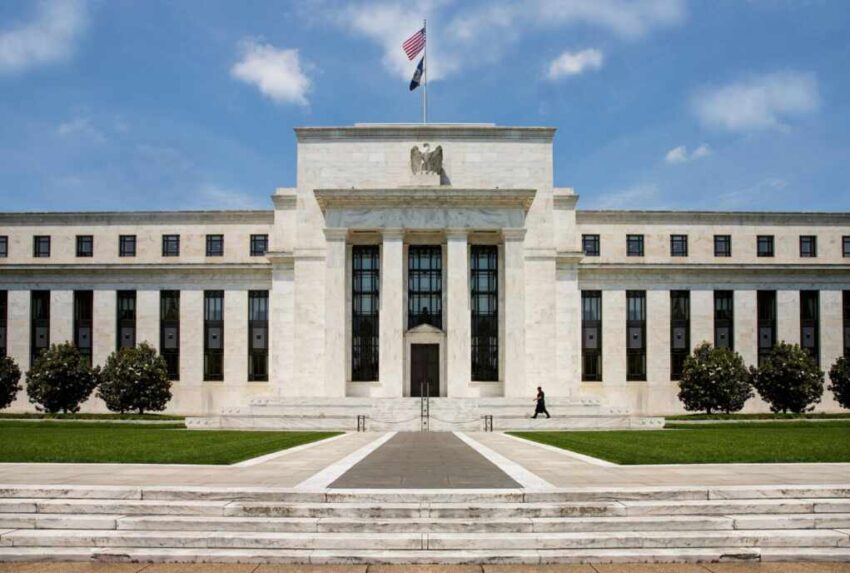Global shares wavered Thursday as investors grappled with heightened Middle Eastern tensions, looming U.S. tariffs, and the Federal Reserve’s cautious rate policy—raising fresh doubts about the economic outlook.
At a Glance
- Stock markets across Europe and Asia slipped amid fears of new tariffs and war risk
- The Federal Reserve held interest rates steady at 5.25–5.5%, signaling no near‑term cuts
- President Trump proposed new tariffs on Chinese and Mexican imports
- Oil prices surged above $93 a barrel on Middle East tensions
- Analysts warn that combined risks could choke fragile global growth
Markets React to Geopolitical Shocks
European and Asian markets tumbled as U.S. futures wobbled following news that President Trump will impose 10% tariffs on an expanded list of Chinese goods and revive duties on Mexican imports, according to AP News. Simultaneously, Israeli strikes on Iranian nuclear sites have jolted energy markets, sending Brent crude past $93 per barrel and triggering inflation fears.
Fed Caution Stalls Optimism
The Federal Reserve on Wednesday held rates unchanged, citing “persistent core inflation pressures.” Fed Chair Jerome Powell declined to forecast rate cuts in 2025, spooking markets hoping for policy easing. “We’re not at the point yet where we can cut rates confidently,” Powell said during his post‑meeting briefing.
Watch a report: Stocks tumble as Fed holds rates steady, Trump tariffs loom.
Business Groups Warn of Headwinds
Wall Street analysts and business lobbies fear that combining aggressive trade measures with elevated borrowing costs could drag the U.S. and global economy toward recession. “We’re already seeing slower capital spending and jittery consumer sentiment,” said Michael Feroli, chief U.S. economist at JPMorgan Chase, via Reuters.
The Dow closed down 426 points, while the S&P 500 slipped 1.4%. Emerging markets were hit especially hard, with MSCI’s Asia Pacific index shedding 1.8%, according to AP News.
Storm Clouds Ahead?
As the Fed holds firm and Trump’s tariff push escalates, investor appetite for risk is faltering. “Markets are bracing for more shocks,” warned ING strategist Francesco Pesole, adding that “geopolitics and policy uncertainty are tightening financial conditions even without Fed hikes.”
The fragile balance between inflation control, trade stability, and geopolitical risks may define market direction in the second half of 2025. Whether policymakers can stabilize sentiment—or inadvertently tip the economy—remains the question for investors worldwide.
Click this link for the original source of this article.
Author: Editor
This content is courtesy of, and owned and copyrighted by, https://thecongressionalinsider.com and its author. This content is made available by use of the public RSS feed offered by the host site and is used for educational purposes only. If you are the author or represent the host site and would like this content removed now and in the future, please contact USSANews.com using the email address in the Contact page found in the website menu.








